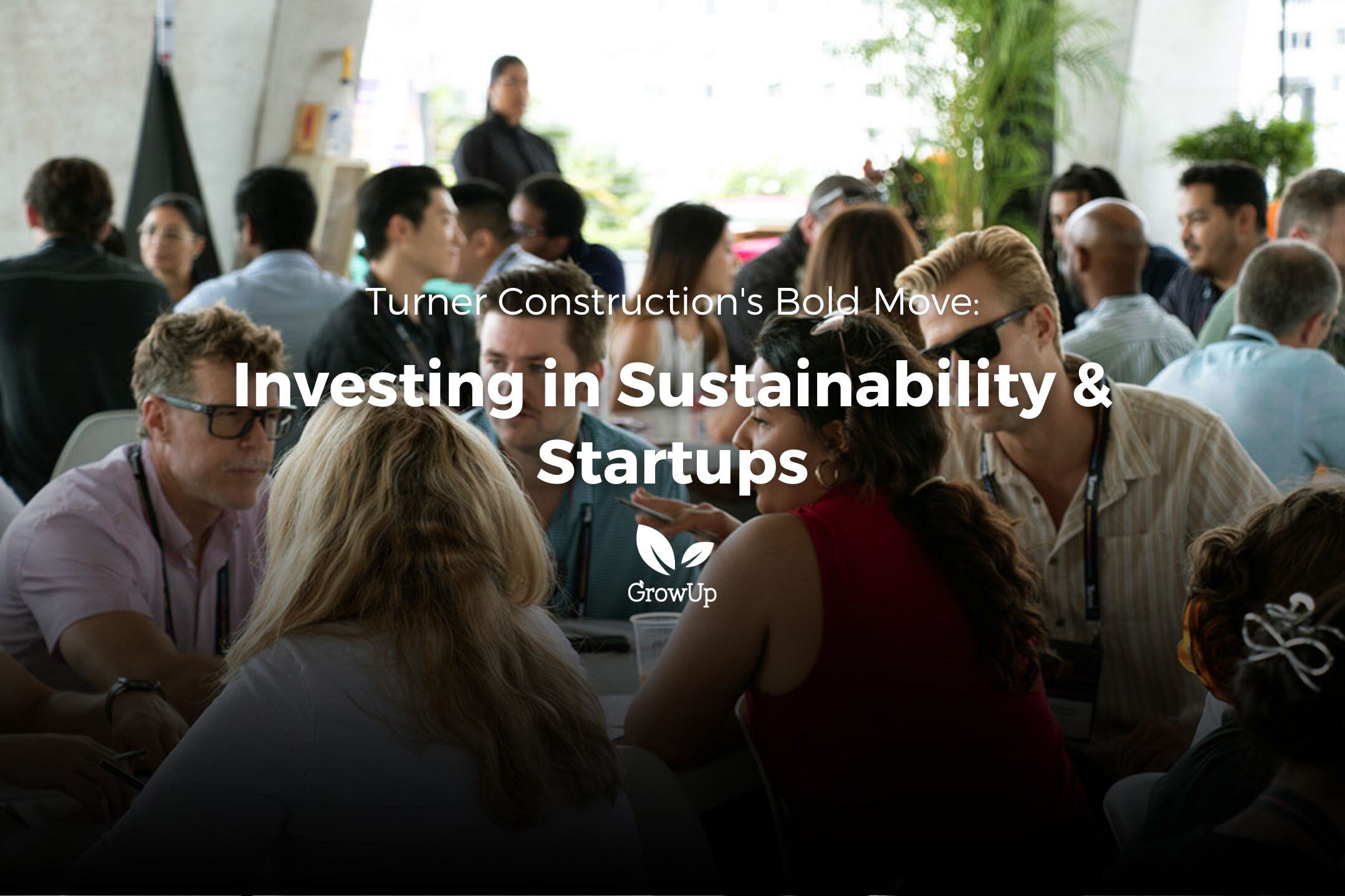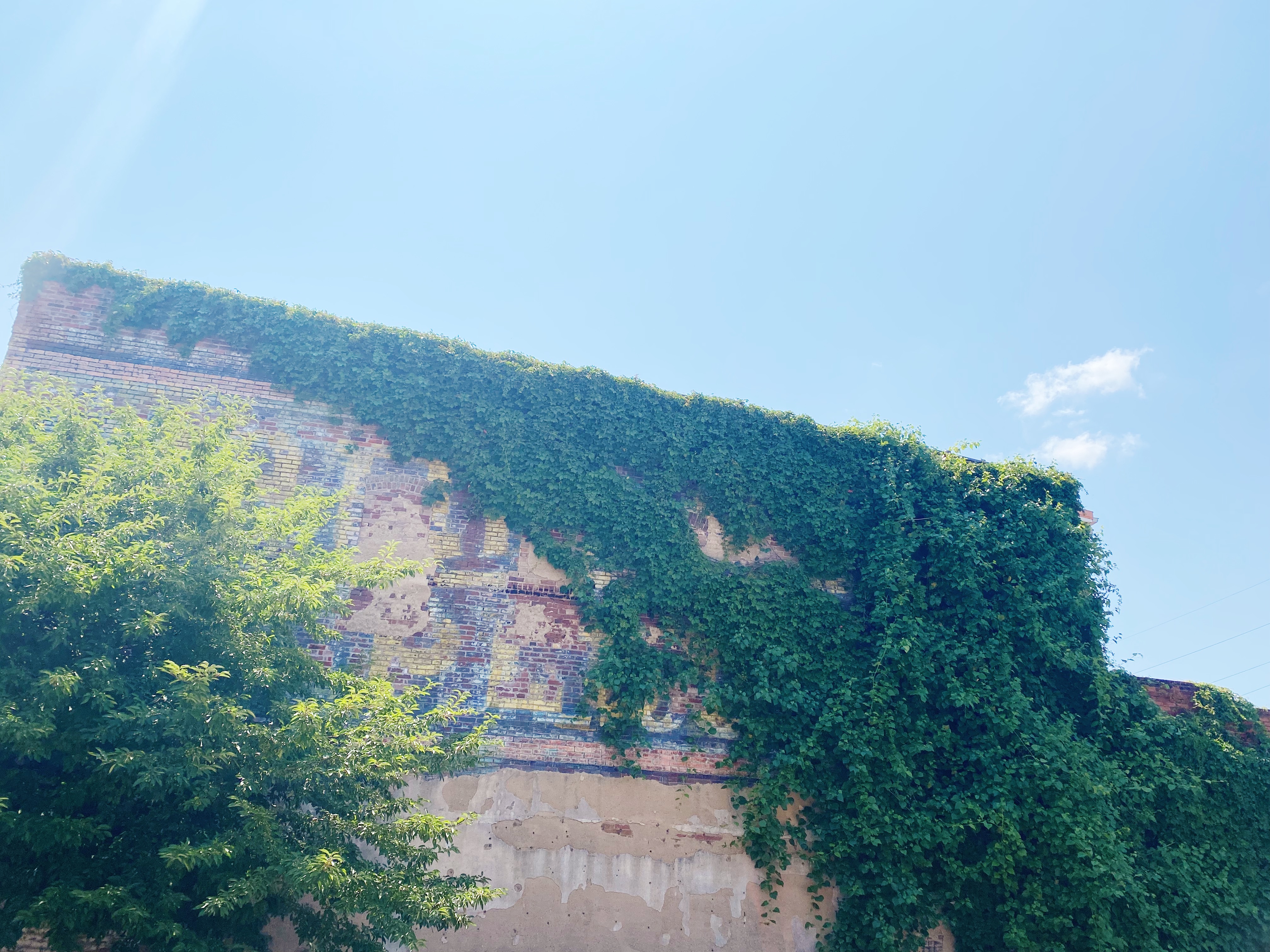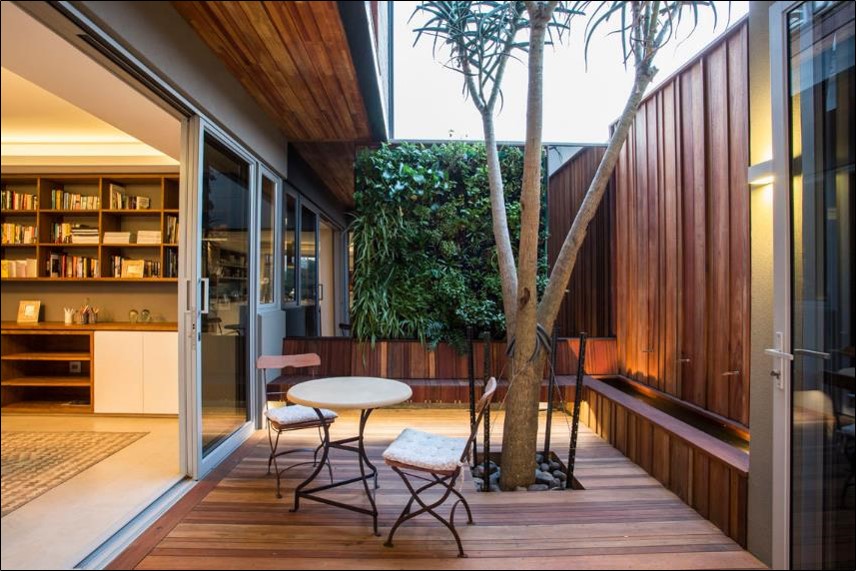Our gardens give us the chance to get creative while providing a habitat for wildlife
to flourish in. Though it might seem that a garden is, by its very nature, a
sustainable, green environment for fauna and flora to enjoy, there are still steps you
can take to heighten how environmentally friendly yours is.
In this short guide, we’ll run over three of the best steps to keep in mind when
crafting a garden that is as good for the world around it, as it is aesthetically
pleasing. From decorating with the right kinds of lights, to responsible water usage,
here are some practical steps you can follow.
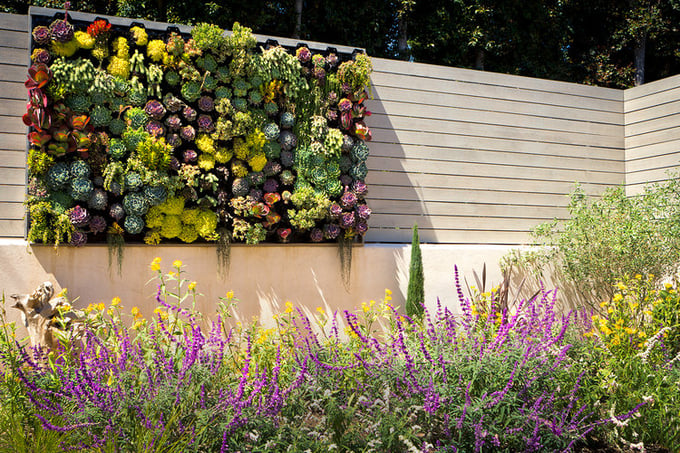
Use LED lighting in the garden
If you have a penchant for artificial illumination at home, make sure to opt for
light-emitting diodes (LEDs), as opposed to any other kind of lighting. LEDs are
significantly better at utilizing energy than traditional bulbs – which will on average
only convert around 5% of the energy they consume into light.
You can opt for standalone units, or invest in some outdoor fairy lights to give your
garden an otherworldly feel at night time. Try to find bulbs that are powered by
solar energy, to reduce the impact you’re having even further.
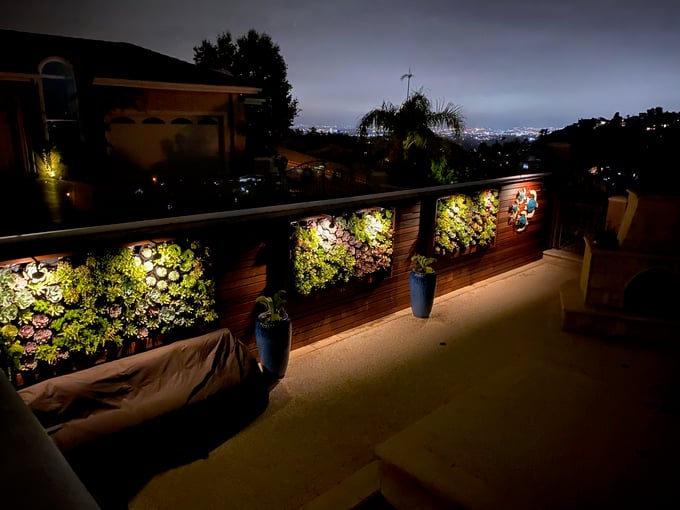
Passively harvest water
While water might feel like a resource we have in abundance, it’s actually
surprisingly sparse. Households waste a staggering 900 billion gallons of water
every year across the UK as a whole, with just one family letting as much as 180
gallons go unused on a weekly basis.
Think about trying to harvest some of that water for your garden instead. It’s easy
enough to do this, with buckets and cups being added to sinks and showers to
prevent anything going to waste down the drain. Recycling water in this way can
reduce erosion, helps plants grow naturally, minimises costs to you, and means you
are doing your part to conserve water as a whole.
Think about the types of flowers and shrubs you’re planting
While it’s tempting to pick your favorites, try to put some more thought into the
kinds of flowers, bushes, shrubs, and other greenery you’re adding to the garden.
You’ll ideally want to include locally adapted plants, as well as water-wise edibles
(which use less water), and herbs that can be doubled up for use in cooking.
Another factor you might want to consider is the hardiness of what you’re planting.
This means species which will survive in more extreme conditions – reducing the
amount of waste, and negating the need to regularly plant something new. There are
hardiness charts that exist to give you a better idea of what will work for you.
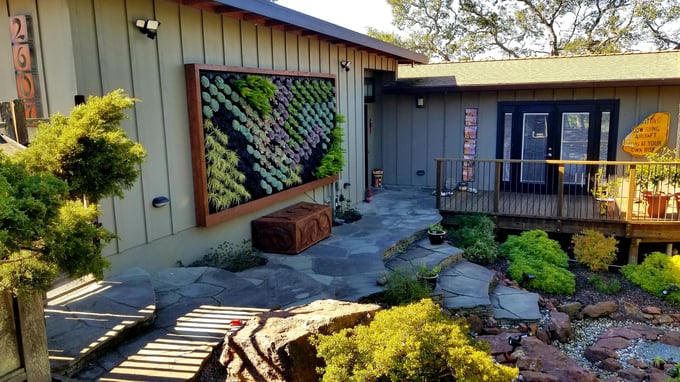
Have these tips helped inspire you to create a garden that is both beautiful and
sustainable? Keep them in mind when plotting yours out. The local wildlife will be
grateful to you.

